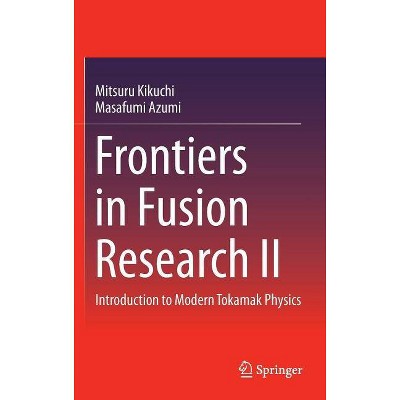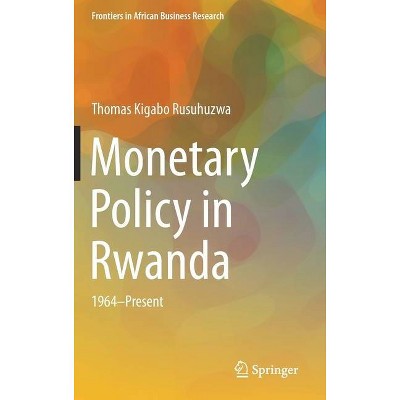Frontiers in Fusion Research II - by Mitsuru Kikuchi & Masafumi Azumi (Hardcover)

Similar Products
Products of same category from the store
AllProduct info
<p/><br></br><p><b> Book Synopsis </b></p></br></br><p>Introduction to Tokamak Physics.- Steady State Tokamak Reactor.- Steady State Operation of Tokamaks.- Steady State Tokamak Reactor.- Major Features of SSTR.- Reactor Power Balance.- Tokamak Equilibrium.- Topology of Magnetic Confinement.- Symplectic form of the Magnetic Field.- Flux Coordinates.- Equilibrium in Tokamak.- Advanced Tokamak Regimes.- Advanced Tokamak Research.- Weak Shear Regime.- Negative Shear Regime.- Current Hole Regime.- Parallel Transport in Tokamaks.- Moment Equations.- Ohm's Law in Tokamak.- Plasma Rotation in Tokamak.- Perpendicular Transport in Tokamaks.- Plasma Confinement.- Neoclassical transport.- Turbulent transport.- MHD Instabilities in AT Regimes.- Ideal MHD modes.- Resistive MHD instabilities.- Alfven Eigen Modes.- Control Issues of AT Operation.- Control of ITB strength.- Edge bootstrap current.- Plasma disruption.- SOL and Divertor.- Edge and SOL perpendicular transport.- SOL parallel transport.- Divertor plasma.- Plasma wall interaction.- Key Technology Development for steady state tokamak reactor.- Negative ion source and NBI system.- Gyrotron and ECRF system.- Superconductor and Magnet system.- Structural materials for Fusion.- Blanket and maintenance.- Summary.- Appendix A: Mathematical Basics.- Appendix B: Elementary Physics.- Appendix C: Basic Plasma Physics.</p><p/><br></br><p><b> From the Back Cover </b></p></br></br><p>This book reviews recent progress in our understanding of tokamak physics related to steady state operation, and addresses the scientific feasibility of a steady state tokamak fusion power system. It covers the physical principles behind continuous tokamak operation and details the challenges remaining and new lines of research towards the realization of such a system. Following a short introduction to tokamak physics and the fundamentals of steady state operation, later chapters cover parallel and perpendicular transport in tokamaks, MHD instabilities in advanced tokamak regimes, control issues, and SOL and divertor plasmas. A final chapter reviews key enabling technologies for steady state reactors, including negative ion source and NBI systems, Gyrotron and ECRF systems, superconductor and magnet systems, and structural materials for reactors.<br></p><p>The tokamak has demonstrated an excellent plasma confinement capability with its symmetry, but has an intrinsic drawback with its pulsed operation with inductive operation. Efforts have been made over the last 20 years to realize steady state operation, most promisingly utilizing bootstrap current. Frontiers in Fusion Research II: Introduction to Modern Tokamak Physics will be of interest to graduate students and researchers involved in all aspects of tokamak science and technology.</p><p/><br></br><p><b> About the Author </b></p></br></br><p>Dr. Mitsuru Kikuchi is Fusion Research and Development Directorate at Japan Atomic Energy Agency. He is also Guest Professor, Osaka University, Japan; Visiting Professor, Southwestern Institute of Physics, China; Visiting Professor, Modern Physics Institute, Fudan University, China; Visiting Professor, Chinese Academy of Sciences; and Chairman of IAEA's Nuclear Fusion Board of Editor.</p><p>He is author of the book "Frontiers in Fusion Research: Physics and Fusion" (Springer 2011)</p>
Price History
Price Archive shows prices from various stores, lets you see history and find the cheapest. There is no actual sale on the website. For all support, inquiry and suggestion messages communication@pricearchive.us




















